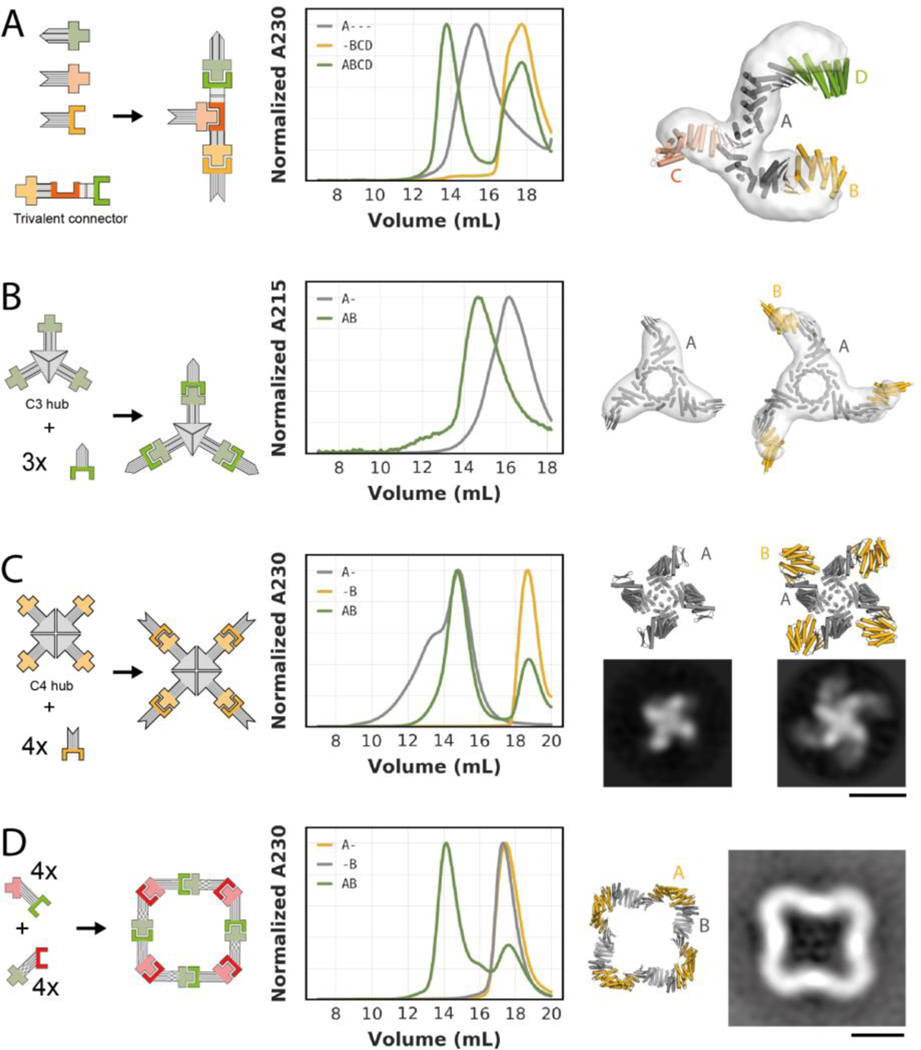Fig. 4. Design of branched and closed hetero-oligomeric assemblies.
(A) Left: Schematic representation of a trivalent connector (“A” = TF10) that can bind three different binding partners (“B” = 274A53, ”C” = 317B, “D” = 101B62). Center: SEC analysis of the trivalent connector, the binding partners, and the full assembly mixture. Right: Overlay of design model (in colors) and nsEM density (light grey) of the complex formed by the trivalent connector and all three binding partners. (B) From left to right: : Schematic representation of a C3-symmetric “hub” presenting three copies of LHD101B; SEC analysis of the C3-symmetric “hub” without (“A-”) and with (“AB”) its cognate binding partner (“B” = 101A53); overlay of design model (dark grey) and nsEM density (light grey) of the C3-symmetric “hub”; overlay of design model (dark grey and gold) and nsEM density (light grey) of the C3-symmetric “hub” bound to three copies of its binding partner. (C): From left to right: : Schematic representation of a C4-symmetric “hub” presenting four copies of LHD274B; SEC analysis of the C4-symmetric “hub” without (“A-”) and with (“AB”) its cognate binding partner (274A53); design model (top) and representative nsEM class average (bottom) of the C4-symmetric “hub”; design model (top) and representative nsEM class average (bottom) of the C4-symmetric “hub” bound to 4 copies of the binding partner. (D) From left to right: Schematic representation of a C4-symmetric closed ring comprising two components (“A” and “B”); SEC analysis of the individual ring components (“A-” and “-B”) and the stoichiometric mixture (“AB”); design model of the C4-symmetric ring; representative nsEM class average. Scale bars: 10 nm.

